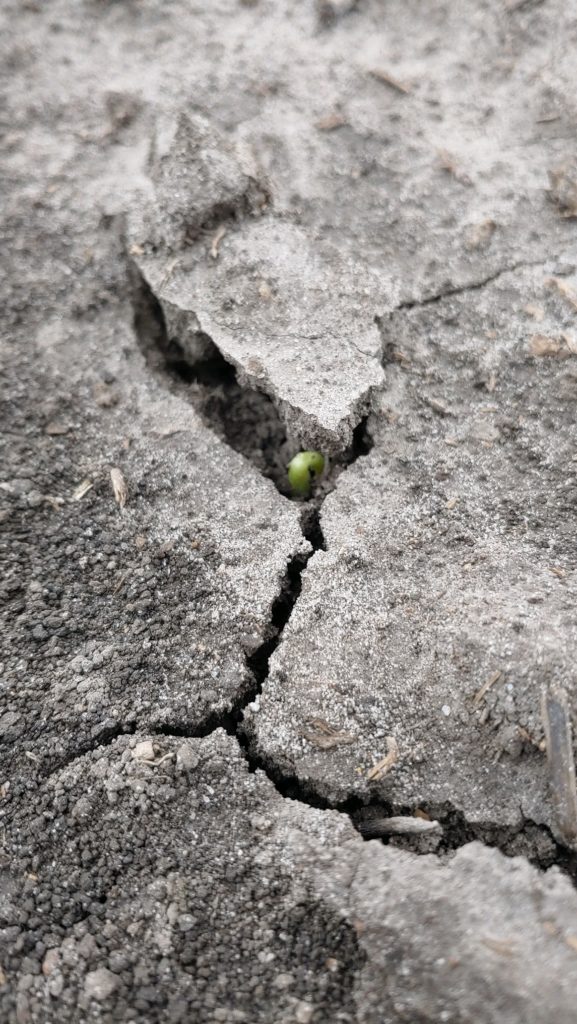Planting Soybeans With Cool Weather on the Horizon
go.ncsu.edu/readext?687163
en Español / em Português
El inglés es el idioma de control de esta página. En la medida en que haya algún conflicto entre la traducción al inglés y la traducción, el inglés prevalece.
Al hacer clic en el enlace de traducción se activa un servicio de traducción gratuito para convertir la página al español. Al igual que con cualquier traducción por Internet, la conversión no es sensible al contexto y puede que no traduzca el texto en su significado original. NC State Extension no garantiza la exactitud del texto traducido. Por favor, tenga en cuenta que algunas aplicaciones y/o servicios pueden no funcionar como se espera cuando se traducen.
Português
Inglês é o idioma de controle desta página. Na medida que haja algum conflito entre o texto original em Inglês e a tradução, o Inglês prevalece.
Ao clicar no link de tradução, um serviço gratuito de tradução será ativado para converter a página para o Português. Como em qualquer tradução pela internet, a conversão não é sensivel ao contexto e pode não ocorrer a tradução para o significado orginal. O serviço de Extensão da Carolina do Norte (NC State Extension) não garante a exatidão do texto traduzido. Por favor, observe que algumas funções ou serviços podem não funcionar como esperado após a tradução.
English
English is the controlling language of this page. To the extent there is any conflict between the English text and the translation, English controls.
Clicking on the translation link activates a free translation service to convert the page to Spanish. As with any Internet translation, the conversion is not context-sensitive and may not translate the text to its original meaning. NC State Extension does not guarantee the accuracy of the translated text. Please note that some applications and/or services may not function as expected when translated.
Collapse ▲We have had several questions in the past 24 hours about continuing to plant soybeans this week with cool weather on the horizon. If you want to get something done this week, planting soybeans is going to be a safer bet then planting cotton or transplanting tobacco.
The general consensus from colleagues in the Midwest is that we need sustained temperatures (>4 hours) at or below 28°F to kill emerging soybeans. Here is a good summary of this information from the University of Wisconsin-Madison.
I talked to Dr. Shawn Conley, Soybean Specialist at the University of Wisconsin-Madison, last week and Shawn said that if soil temperatures are 45°F or above and no cool rain is in the forecast for the next couple days, they will recommend growers can get started planting soybeans. We are well above those soil temperatures across North Carolina, with average soil temperatures across the state currently in the low-to-mid ’60s.
What you do not want to do is plant in front of cool rain snap. Across most of the state there is limited rainfall, if any, forecasted for the next week.
Although unlikely this coming week, if you do see what you think might be freeze injury in your soybeans, here are some photos from Purdue University of what to look for. It is recommended that you wait for several days after the freeze injury occurs before you assess damage; this allows the soybeans an opportunity to recover before making decisions about replanting.
With temperatures cooler than normal, if you have the option to plant seed treated with a fungicide, our preliminary data suggest that would be merited.



